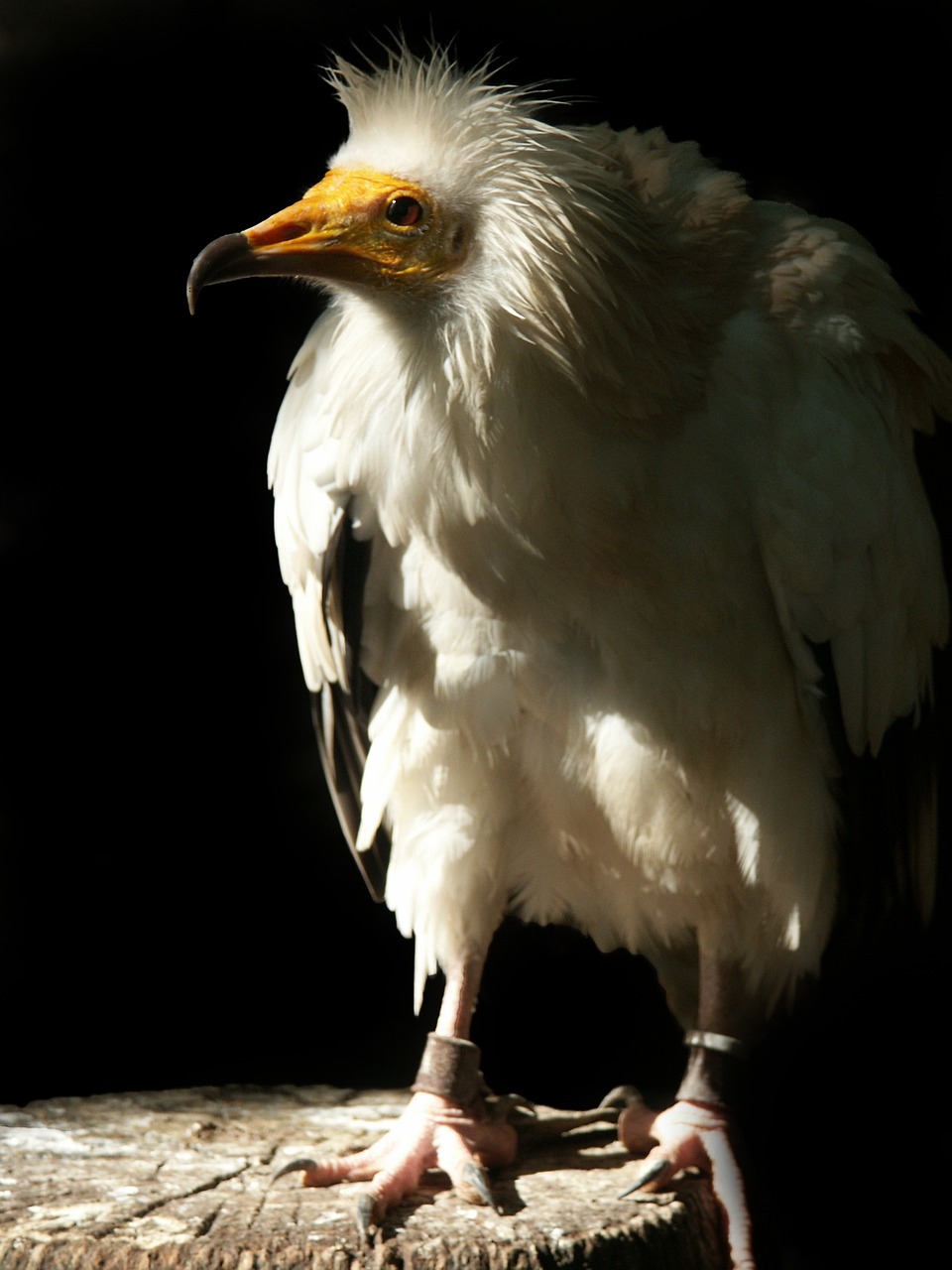Key Aspects of Ancient Egyptian Religion
Ancient Egyptian religion, which dates back to predynastic times around the 4th millennium BCE and continued until the decline of traditional culture in the early centuries CE, encompasses a complex set of beliefs and practices that were deeply embedded in Egyptian society. Although many aspects of these beliefs likely originated in prehistoric times, the formation of the Egyptian state established a new context that transformed religious expression.
The role of religion in ancient Egypt was multifaceted and not easily defined as a singular system. Rather, it intertwined with virtually all aspects of life, from daily activities and societal values to the more sacred elements of cult practices, interactions with the deceased, and the use of divination and magic. The ancient Egyptians did not merely worship gods; they engaged with a wider spectrum of supernatural phenomena that impacted their understanding of existence.
The Role of the Pharaoh
Central to ancient Egyptian religious life was the Pharaoh, who served as a crucial mediator between humans and the divine realm. The king not only participated in divine rituals but also was responsible for erecting grand funerary structures, emphasizing the belief in an afterlife where the Pharaoh would continue his existence alongside the gods. Such religious practices were not just essential for the king’s legacy; they reinforced the societal order that the Pharaoh was obliged to maintain.
Gods and Spiritual Beliefs
The pantheon of Egyptian deities was incredibly diverse, often depicted with unique manifestations, including animals and composite forms. Prominent figures included the sun god, who embodied various aspects throughout the solar cycle, as well as Osiris, the god of the dead, who reigned over the underworld alongside his companion, Isis. Osiris’s influence became particularly significant during the first millennium BCE when the worship of solar deities saw a relative downturn.
The Egyptian worldview perceived the universe as a realm where order coexists with chaos. It was essential for the Pharaoh to uphold the favor of the gods to ensure harmony prevailed over disorder. This perspective presented a somewhat bleak worldview, closely associated with the sun god’s cyclical journey, yet the artful representations on monuments reflected a dynamic interplay between the divine and terrestrial realms, reinforcing an image of stability and cooperation.
In monumental art, the sequence of images adhered to strict decorum, dictating how personas and scenes were portrayed. This formality served to reflect and reinforce the existing social order. While the beliefs of the elite are better documented, there remains a significant gap in our understanding of the religious practices and views of the general populace. Nevertheless, it is plausible that there were no drastic contrasts in belief systems between the ruling classes and common people.
In conclusion, ancient Egyptian religion constituted a complex interplay of deity worship, kingly responsibilities, and societal customs, crafted within a historical context that emphasized maintaining order amidst the challenges of existence.



